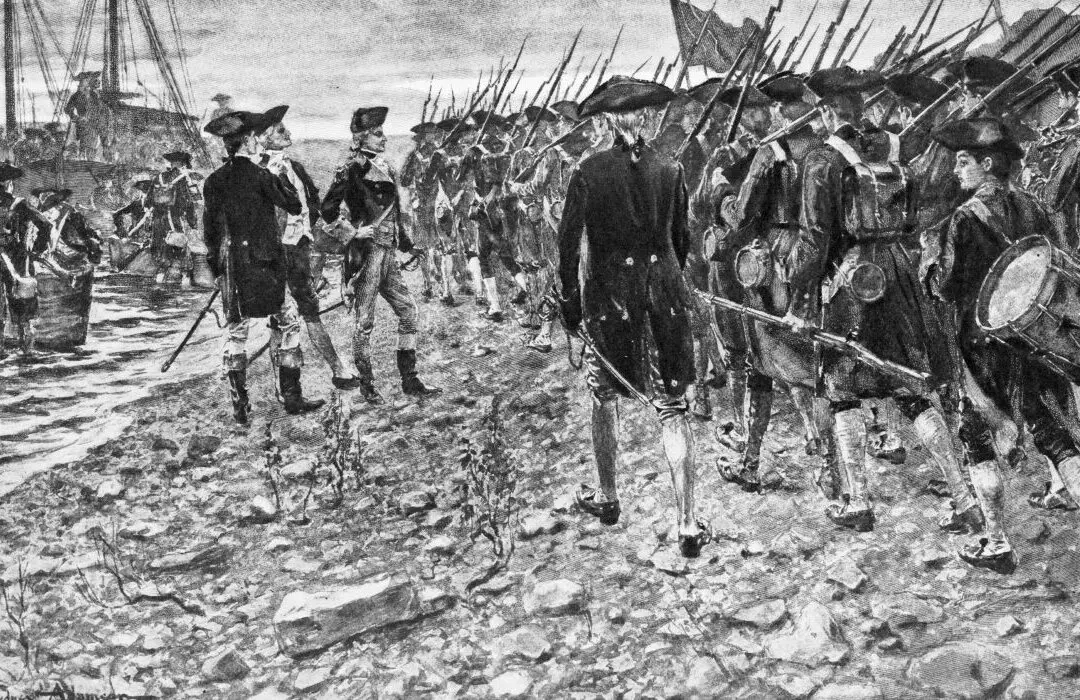It was the year of Our Lord, 1775. For more than a decade, Great Britain had imposed taxes and trade restrictions on her American colonies to pay down their war debts. The Americans denounced these measures as encroachments on their constitutional right to govern themselves through their own elected assemblies.
Parliament, however, dismissed their complaints with contempt, declaring itself the supreme legislative authority and demanding obedience from all subjects throughout the empire. The Americans responded with relentless protests, boycotts, and violent unrest. Unable to grapple with such widespread resistance, Parliament caved under pressure and repealed each of these laws shortly after their passage. Yet not having learned its lesson, Parliament passed the Tea Act on May 10, 1773—a blunder that led to a legendary and pivotal event which sent shockwaves across the Atlantic.






